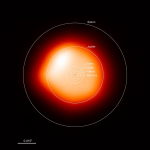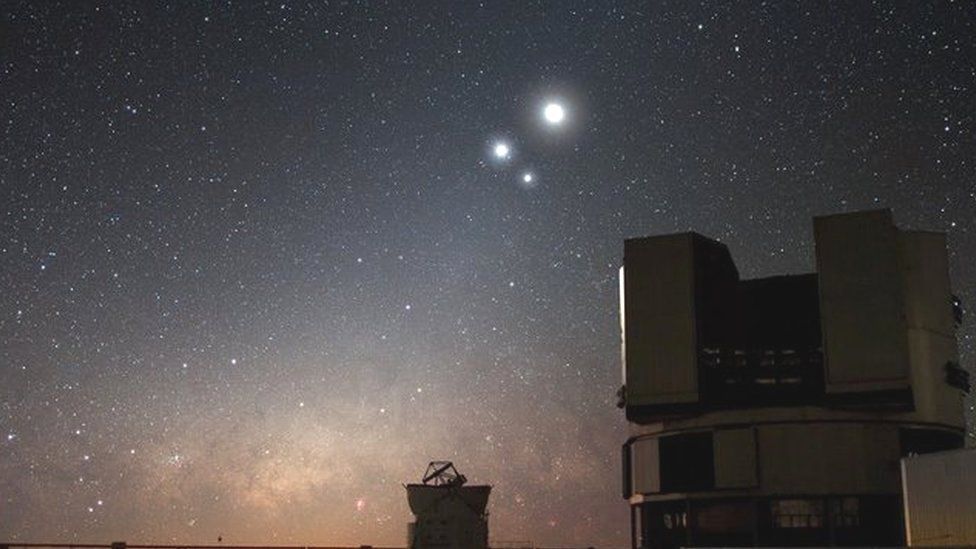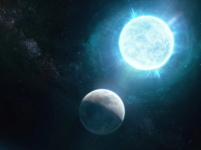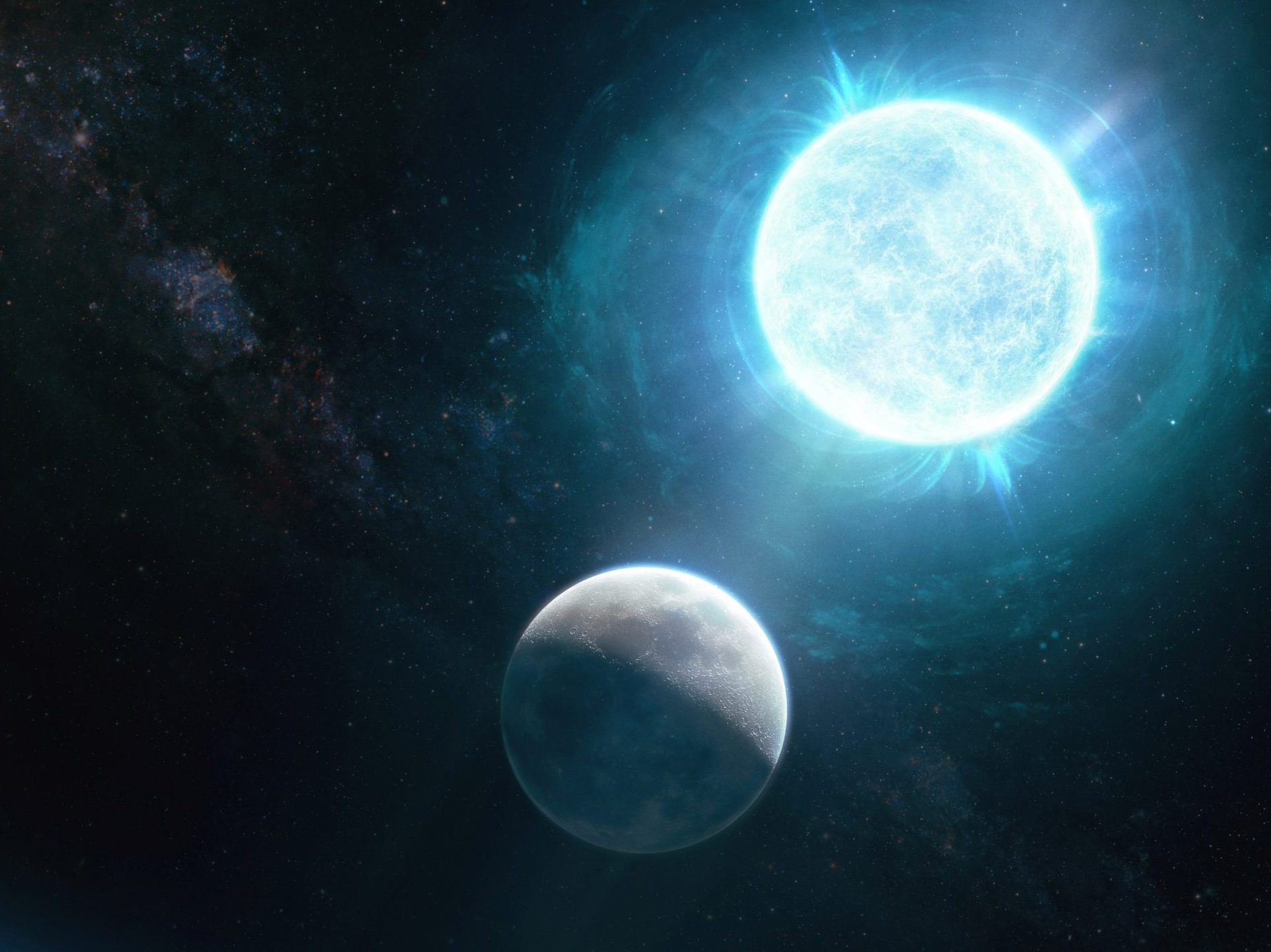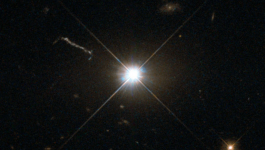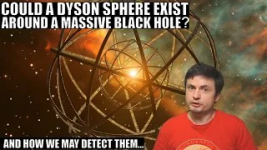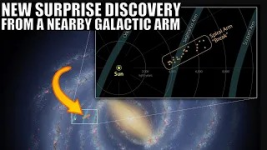'Great Dimming' of Betelgeuse star is solved

Science correspondent
@BBCAmoson Twitter
BBC Science
16th June 2021

Astronomers say they've put to bed the mystery of why one of the most familiar stars in the night sky suddenly dimmed just over a year ago.
Betelgeuse, a red supergiant in the constellation of Orion, abruptly darkened in late 2019, early 2020.
The behaviour led many to speculate that it might be about to explode.
But a team using the Very Large Telescope (VLT) in Chile says the cause was almost certainly a giant dust cloud between us and the star.
Even if you can't name many points in the sky, you'll definitely know Betelgeuse by sight. It's the orange dot in the top-left corner of Orion - or bottom-right, if you're viewing the constellation in the Southern Hemisphere.
Close to Earth, relatively speaking, at a distance of about 550 light-years, Betelgeuse is what's known as a semi-regular variable star. It naturally brightens and darkens over a period of roughly 400 days.
But what happened 18 months ago was out of the ordinary. The loss of brightness was far greater than anything previously recorded.

Astronomer Miguel Montargès and colleagues investigated the event with the European Southern Observatory's VLT, one of the most powerful telescopes on Earth. It has the resolution to directly image the surface of Betelgeuse.
The researchers compared pictures before, during and after the dimming, and did some modelling to see what kind of behaviour might give rise to the views obtained.
Two ideas were dominant. Perhaps there was a large cool spot on the surface of the star, because red supergiants like Betelgeuse are known to have very large convective cells that can cause hot spots and cold spots. Or maybe there was a cloud of dust forming right in front of the star as viewed from Earth.
The explanation turns out to be "a bit of both", says colleague Emily Cannon from KU (Katholieke Universiteit) Leuven in Belgium.
"Our overall idea is that there was a cool spot on the star which, because of the local drop in temperature, then caused gas ejected previously to condense into dust," she told BBC News.
"So, the cool spot on the surface would initially make the star look dimmer to us. But then this condensation of dust would add to the rapid drop in brightness of the star."
Betelgeuse is about 15-20 times as massive as the Sun. An object that big is likely to go supernova at some point. So, it wasn't crazy to wonder when this unusual dimming occurred that Betelgeuse might be about to let go in a spectacular explosion.
Emily Cannon said: "I don't think this event means Betelgeuse is going to go supernova anytime soon, even though that would be incredibly interesting and I was kind of wishing it myself!
"We know that red supergiants can display increased mass loss rates, which may indicate there's a later stage in their lives when they are more likely to go supernova. But Betelgeuse we think is a relatively young red supergiant and it probably has a lot more time left."
How much time is that? Tens, even hundreds, of thousands of years is the sort of period astronomers will often quote.
It would be an amazing thing to see; the event would be visible in daylight.
The last supernova observed in our Milky Way Galaxy was Kepler's Star, which was observed in 1604.
Records from astronomers at the time indicate it was visible during the day for over three weeks.
Miguel Montargès' team reports its findings in the journal Nature.

'Great Dimming' of Betelgeuse star is solved
Astronomers say a cold spot and dust formation explain last year's unusual drop in brightness.
www.bbc.co.uk

'Great Dimming' of Betelgeuse star is solved
Astronomers say a cold spot and dust formation explain last year's unusual drop in brightness.
www.bbc.co.uk
